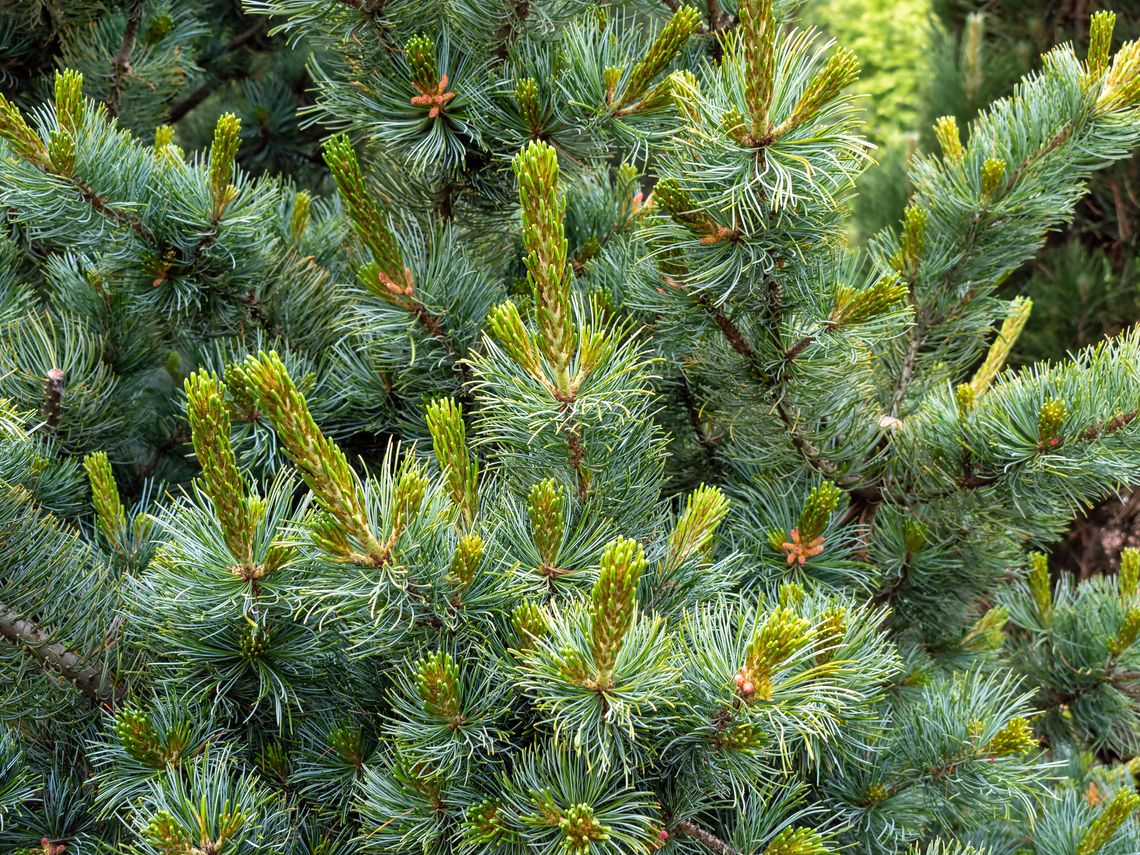By Doug Carter, Rankin County Extension Agent
We all know leaves turn color during the fall. This is because chlorophyll, which is the green pigment that gives leaves their green color, breaks down and disappears from the leaves. Yellow and orange pigments, which were once hidden, are now visible. Trees like hickories, oaks, birches, sycamores and cottonwoods turn brilliant shades of yellow and orange.
What about pine trees? We remember the Fall and Winter of 2023, when so many pine trees died because of the drought, pine beetles, or both.
However, every year we rake or buy pine straw to put in our flower beds. Now we see a few dead needles on pine trees turning brown in September and October. The life cycle of needles on our pine trees is a little more complicated than our broadleaf deciduous trees.
Each fall, I get phone calls from concerned tree owners about why their pine trees are turning brown. We hope it is not pine beetles again. To understand what is going on, we need to know a little about the life cycle of needles on our pine trees.
Each needle on a pine tree lives roughly one and a half years. Each spring when the tree begins to grow new tissue, they add new needles to the ends of each tree branch, roughly doubling the number of needles on a pine tree. These new needles are stuck out on the ends of branches, out beyond the old needles. The tree uses both the old and new needles during the growing season. Then, in the fall, the pine tree reabsorbs the nutrients from the old needles only and then the pine tree drops the old needles. This is noticeable in late September and October, as the portion of each turf of needles closest to the trunk turns brown. The new needles, those that were newly grown the previous spring, stay on the tree all through the winter. In the spring, a new batch of needles will be grown on the ends of the branches and the cycle begins all over again.
So, in the summer, pines have two ages of needles, one set a few months old (located on the ends of each branch), and another 15-18 months old (located on the trunk end of each branch), each doing photosynthesis. In the winer, all needles are the same age-the older needles being dropped the previous fall.
Also, our pines do not go into dormancy. Any time the conditions are right, the tree will absorb sunlight just like it does in the spring.


Comment
Comments